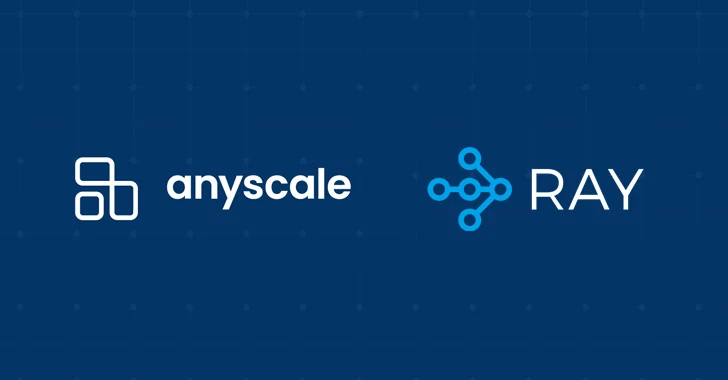Role-Based Access Control, or what is simply known as RBAC, provides the ability to restrict access to certain systems based on the person’s role within the organization. This has become one of the main access controls used for security purposes. Roles basically refer to the level of access the different employees have in the network.
Each employee is only afforded access to information they need to perform their duties. This can be based on one or more factors, such as authority, job competency, and responsibility. On top of that, the RBAC provides limited resources to specific tasks, such as being able to only view, edit, or completely modify a file.
The result is that lower-level employees normally do not have access to the most sensitive data that the organization has. This is helpful in organizations that have many employees or make use of third-party vendors where data usage and access is difficult to control. The use of RBAC is the best solution to this.
Role-Based Access Control Examples
By using RBAC, organizations can control what an end-user can do at a broad and at a granular level. You can place each employee in specific roles, such as administrator, a specialist, or an end-user. You can then dictate what access each of these roles has in the network. Permissions are granted only from the highest level.
The question now is this: What if, for example, an end-user’s job is changed? This can be fixed by manually changing the role or permissions of that person. It is also possible to create more roles to fit the different job categories that the organization has. You can even create groups for certain job types and specific roles within those groups.
Examples of roles through RBAC can be:
- Role scope has the ability to limit the files the role group can manage.
- Role group has the ability to add or remove members.
- Role is the type of task the group can accomplish.
- Role assignment links a role to a group.
Adding users to a role group provides them access for that specific group. If removed, the access then becomes restricted again. It is possible to assign a single user to multiple groups when the need arises.
Other examples for options in access can be:
- Primary is the main contact for the account or group.
- Billing has access to files related to finance and billing.
- Technical is the user who performs technical tasks.
- Administration is access for users who focus on administrative tasks.
Main Benefits of RBAC
As you can imagine, using an RBAC has many benefits for an organization. This is especially true for larger organizations with thousands of employees. They can then limit access to certain files on a need-to-know basis.
Other advantages and benefits include:
Reduction of Administrative and IT Support Requirements
Paperwork and regular password maintenance are removed when an organization makes use of an RBAC system. This allows for less work whenever a new employee is hired, an employee changes roles, or someone leaves. You can simply make use of RBAC in order to change that person’s role, access, and permissions. Time spent on administrative and IT tasks are significantly reduced.
Improves Compliance
Any organization is subject to federal, state, or local regulations that require certain levels of compliance to ensure data security and protection of sensitive personal information. While they have different guidelines and protocols, the end goal is to provide more protection to these data. Making use of an RBAC system adds another layer of protection, which is welcomed by any regulation. In fact, some regulations require it.
Maximizes Efficiency
Making use of RBAC allows for a more streamlined approach. Instead of having to administer lower-level access controls, everything can be aligned instead with the structure of the organization and the business, which in turn, maximizes the operational efficiency of employees.
RBAC Best Practices for Implementation
Implementing an RBAC system into your organization is a good decision. But there are a few things to consider and map out before actually implementing it.
Current Status
Understand the current setup of your security and how they are implemented. Map out all hardware, software, and application security, which mainly means taking note of their passwords. Physical security is included here too, such as keys to a server room.
Current Roles
Aside from checking the current security systems in place, you should also map out the current roles within the organization. See what can be grouped together so you can create your own role groups.
Create Policies
Whenever making changes, it is ideal and best practice to write down document policies that will be implemented before and after the change. This will avoid potential issues after the implementation of RBAC.
RBAC Implementation
Once everything is mapped out and recognized, it is now time to actually implement the new RBAC system.
Monitor and Adapt
Your work does not end there. It is important to continuously monitor the new system and see where things can be improved. Adapt new policies if necessary.
Protecting data is part of the core business of any organization. Having an RBAC system helps in achieving exactly that.










